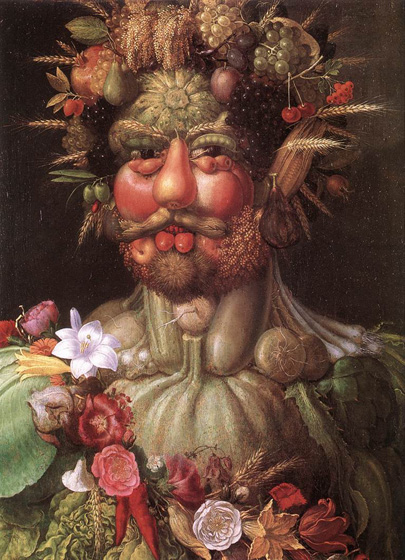All too often crop genetic diversity studies — even ones published in peer-reviewed journals –Â are not really testing a clearly set out hypothesis. Markers are chosen and scored for each accession in a germplasm collection, and that’s basically it. Oh sure, estimates of various genetic parameters for the collection as a whole are provided, and there are dendrograms aplenty to illustrate the relationships among accessions. Which is fine, that sort of information can be useful. But one sometimes wishes that more focused questions had been asked — and answered.
Which is why recent work on soybean from USDA and visiting scientists from China and Korea is so interesting. I saw it reported in the February issue of Biodiesel magazine, but the original news item goes back to late last year. What the USDA team did is not just fingerprint material from the 17,000-strong USDA Soybean Germplasm Collection maintained at Urbana, Illinois and publish a nice dendrogram showing how Chinese accessions are related among themselves and to Korean ones, for example. They defined four distinct sets of germplasm, each of which was derived from the one before, and tested the specific hypothesis that each process of derivation caused significant narrowing of genetic diversity, i.e. was associated with a “genetic bottleneck.” The sets of material were:
- 26 accessions of wild soybeansÂ
- 52 Asian landraces derived from them
- the 17 Asian landraces introduced to the US in the 20th century
- 25 elite modern cultivars which have been bred from them
What they found is that genetic diversity (as measured by gene sequencing) in wild soybeans was much greater than in landraces, which is fair enough. Most crops go through a very strong genetic bottleneck at domestication. What was more surprising is that the loss of genetic diversity caused by the introduction of only a few landraces to North America, followed by intensive breeding, amounted to only about 25%. This was much less than expected. The genetic base of US soybeans is narrow, yes, but not that narrow, it turns out.
What this means is that randomly introducing more landraces into soybean breeding programmes will not be very effective. The authors suggest that landraces should instead be carefully selected from the Urbana collection based on what the specific breeding objectives are at any one time. So, if breeding for resistance to the Asian aphid is the aim, landraces from areas of Asia where this pest is found should be the ones to be thawed out of genebank and crossed with the elite material.
All very logical. But I wonder. Was all that gene sequencing really necessary to reach this conclusion? I mean, wouldn’t you want to be somewhat selective in the landraces you introduce into a breeding programme even if the genetic base of the crop had been narrower? Maybe a breeder will help me out here. But anyway, it was good to see a real hypothesis of practical significance clearly set out and tested through specific comparisons in a crop molecular diversity study.
